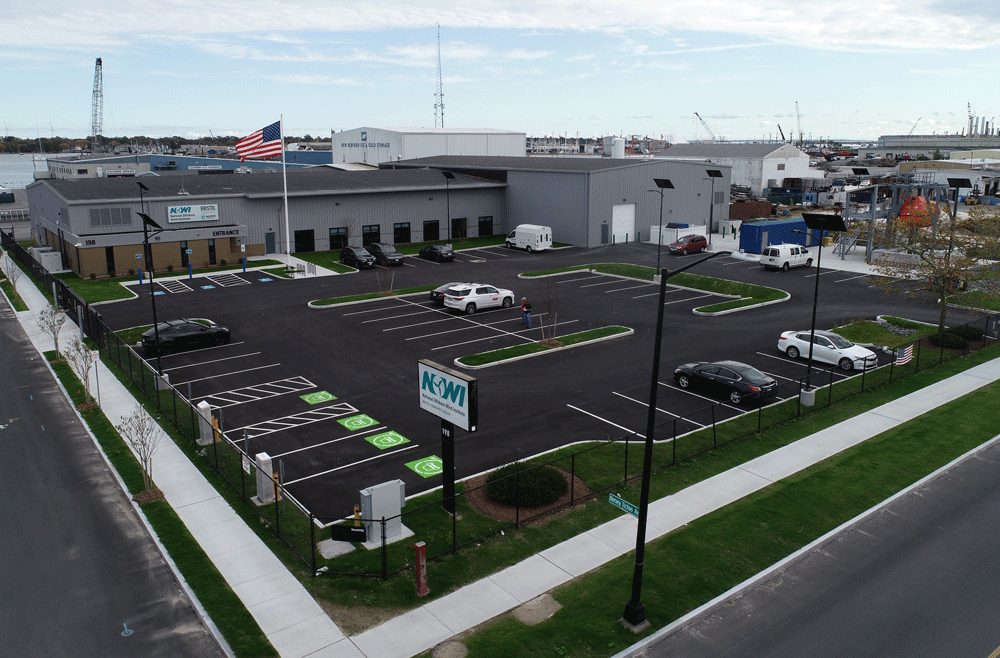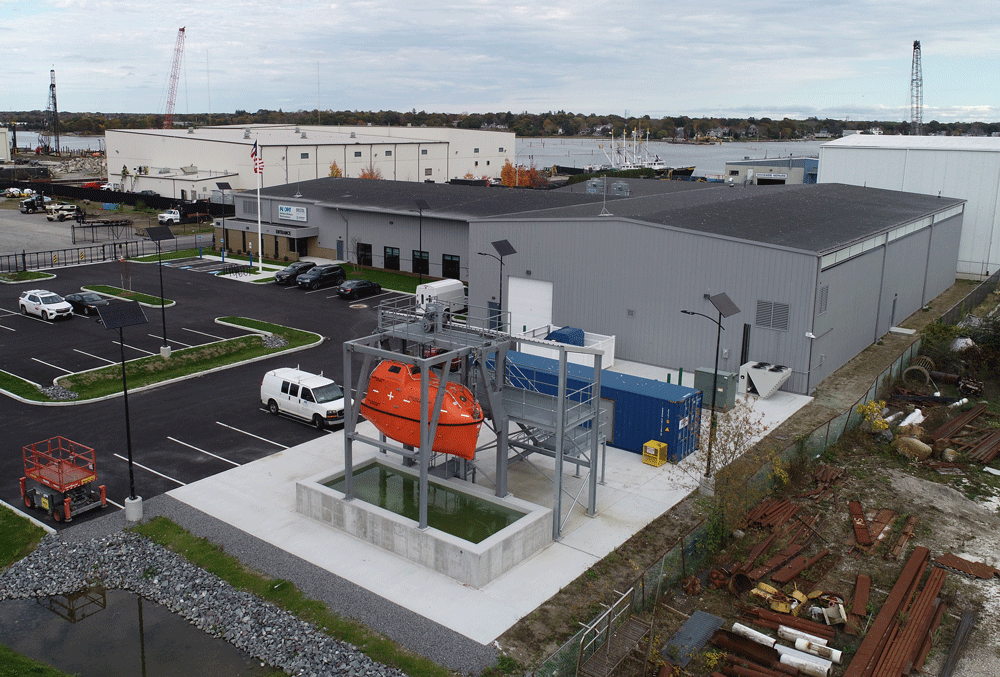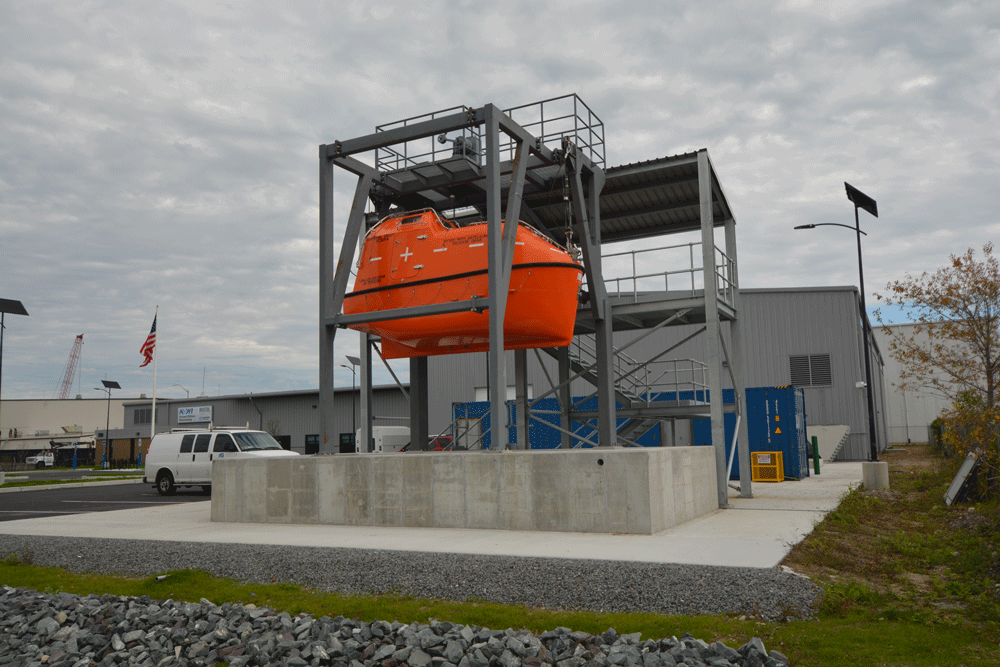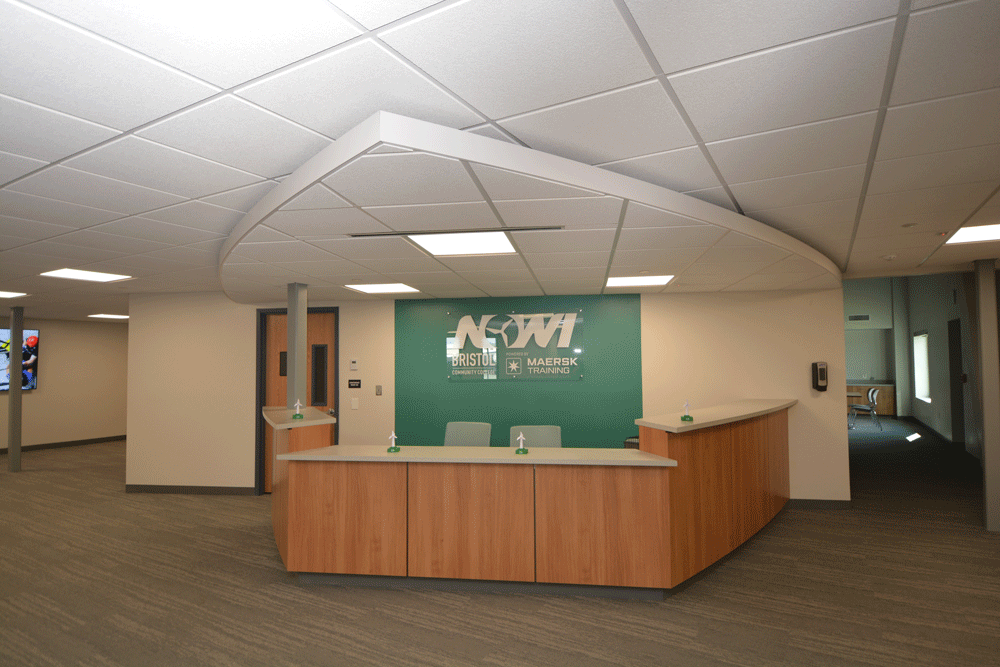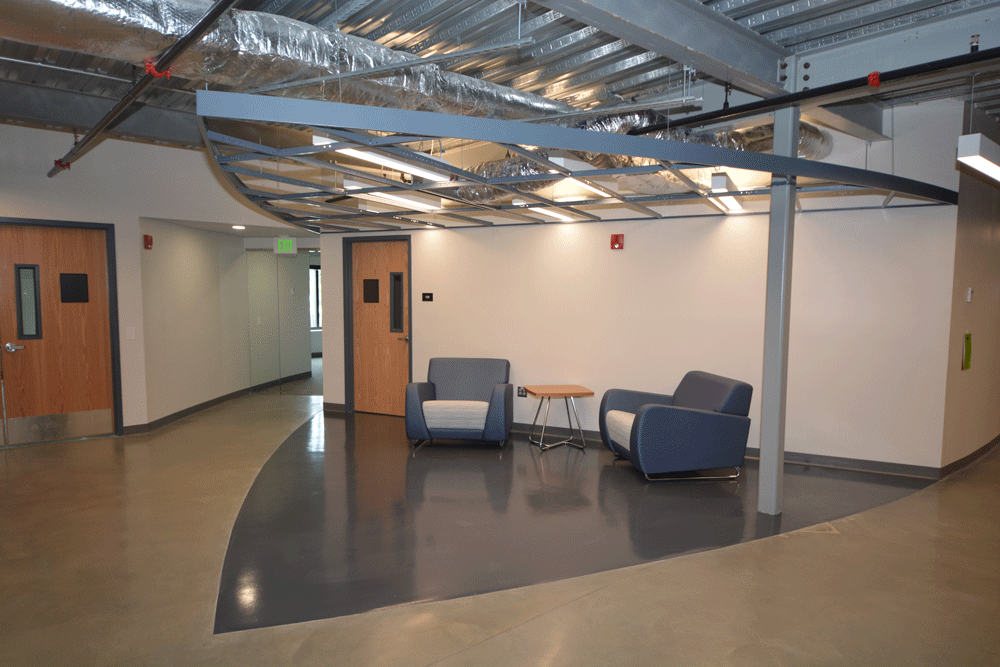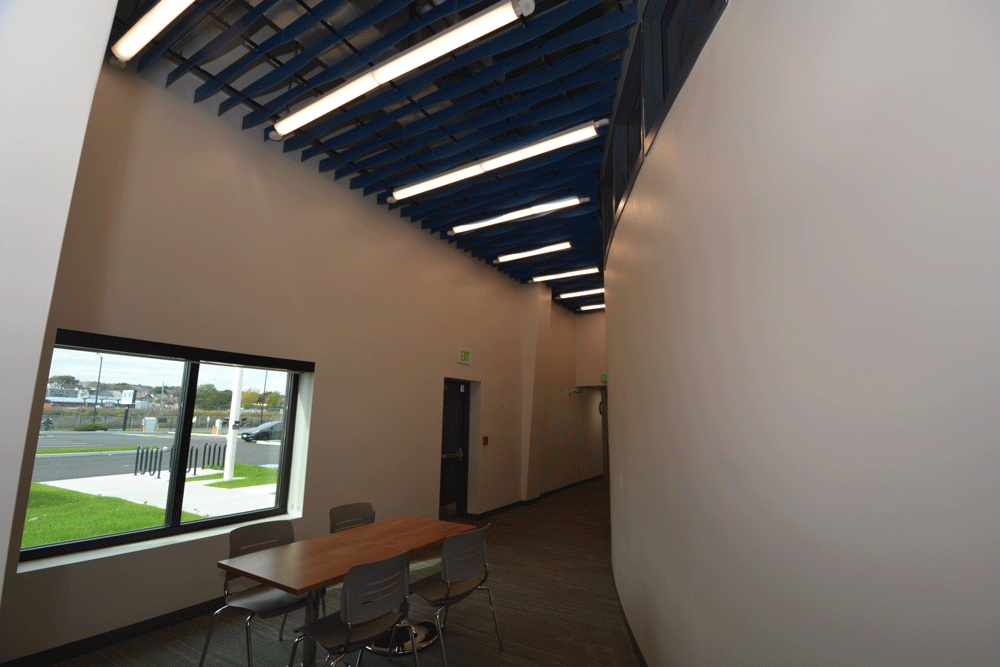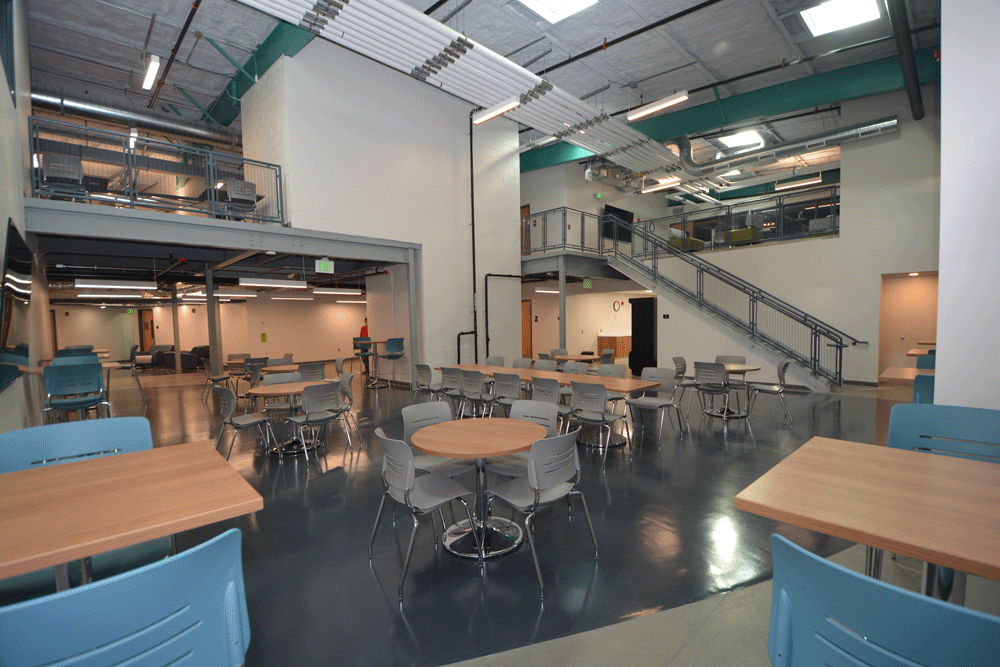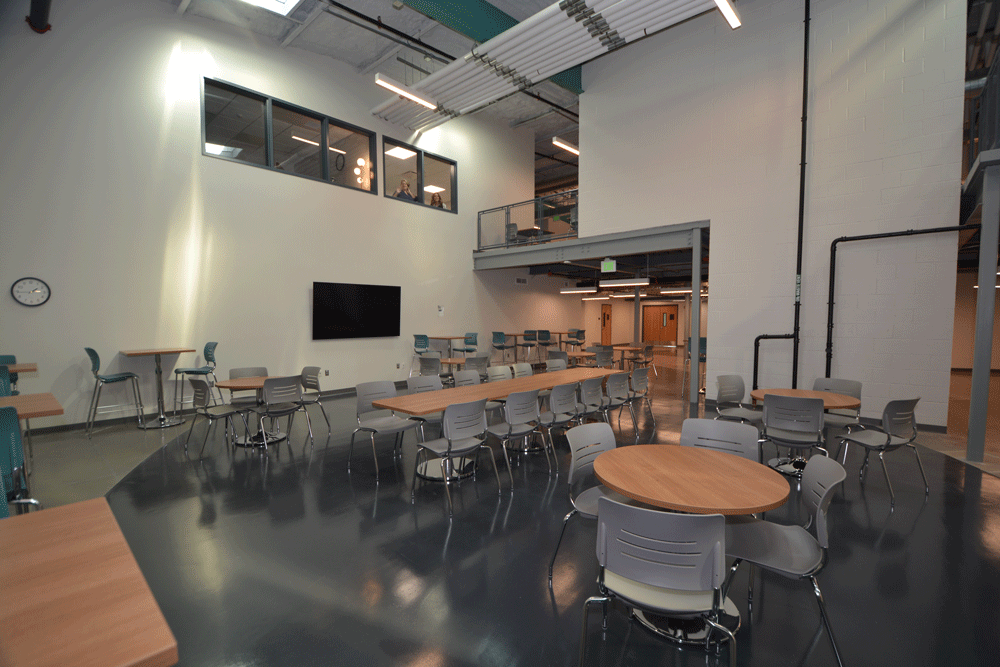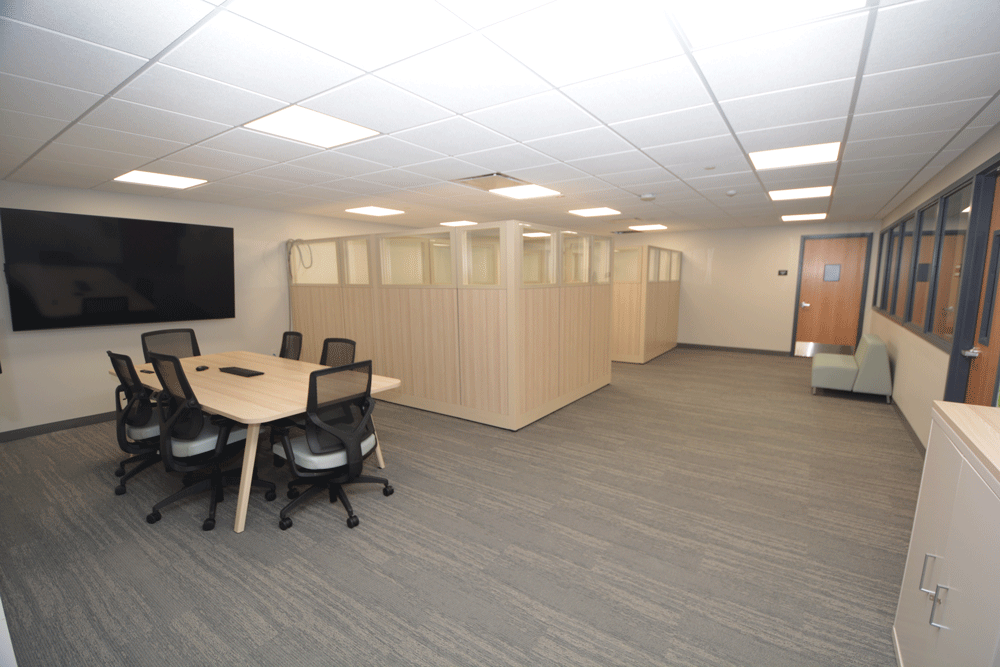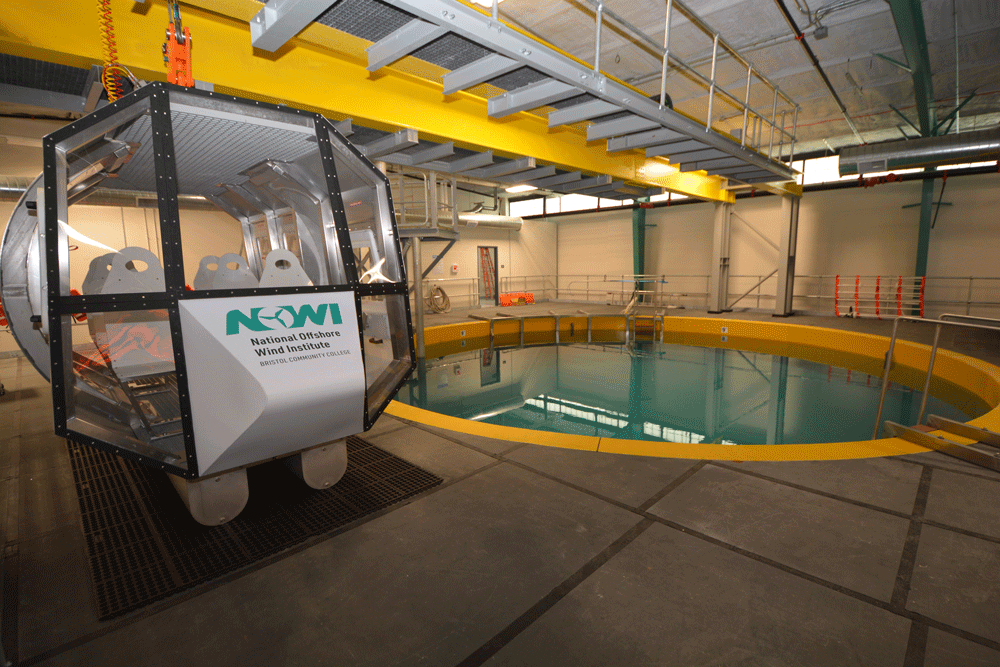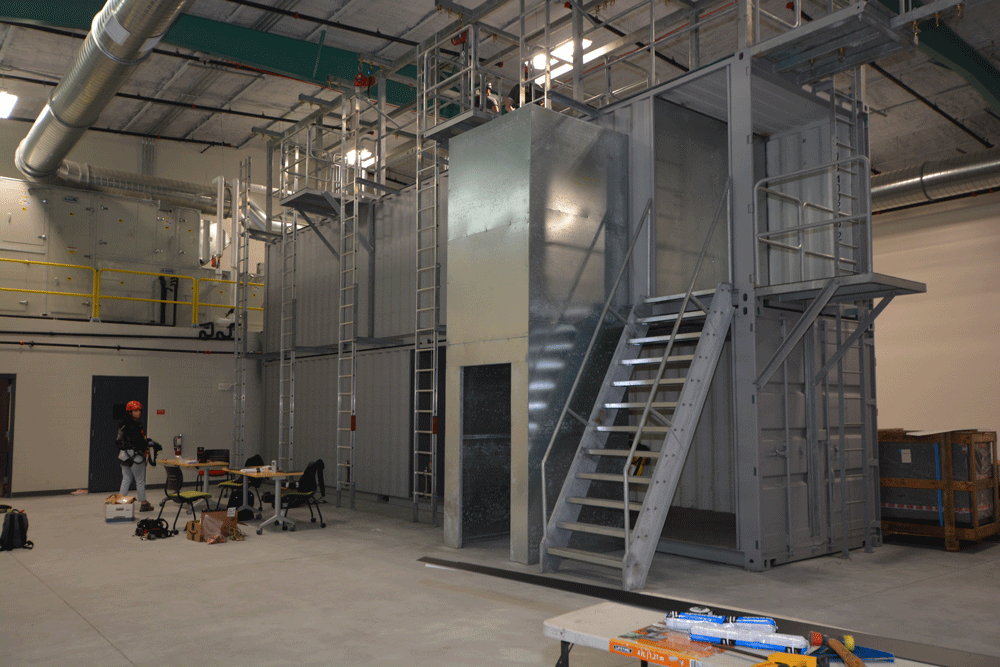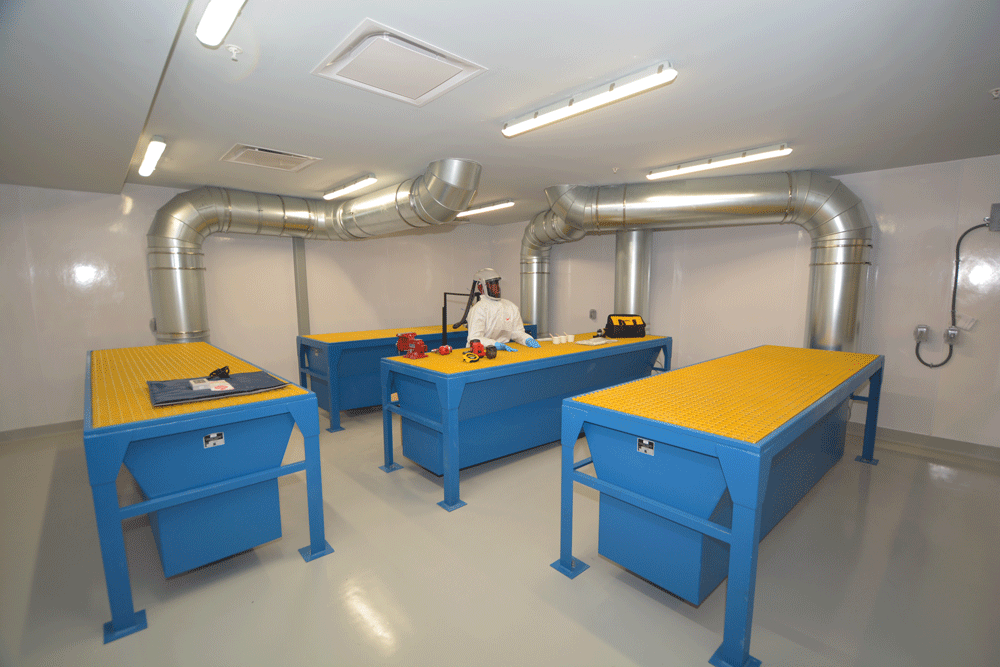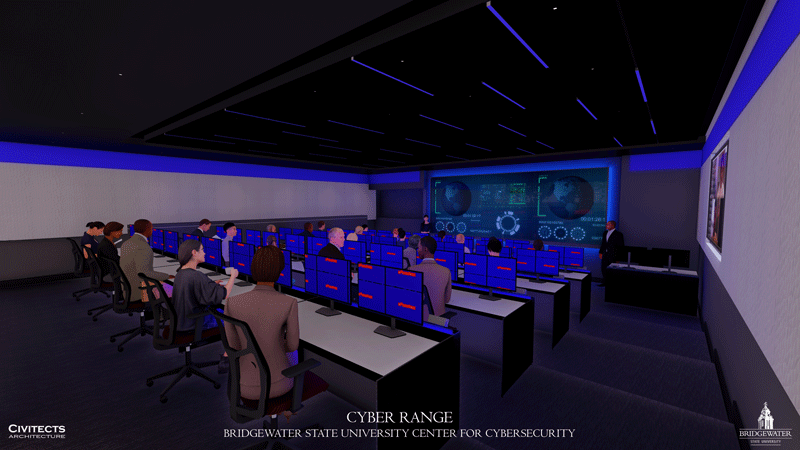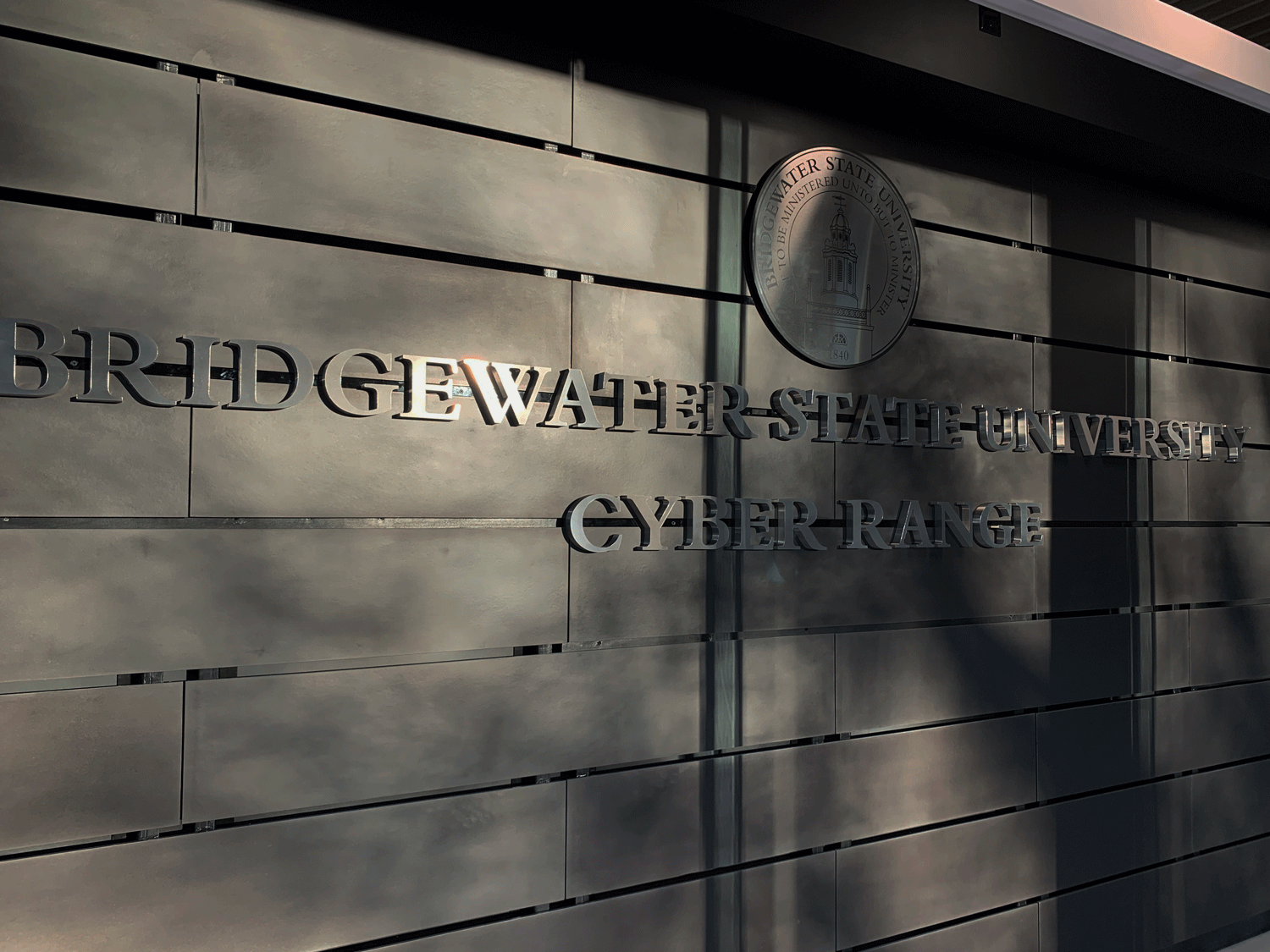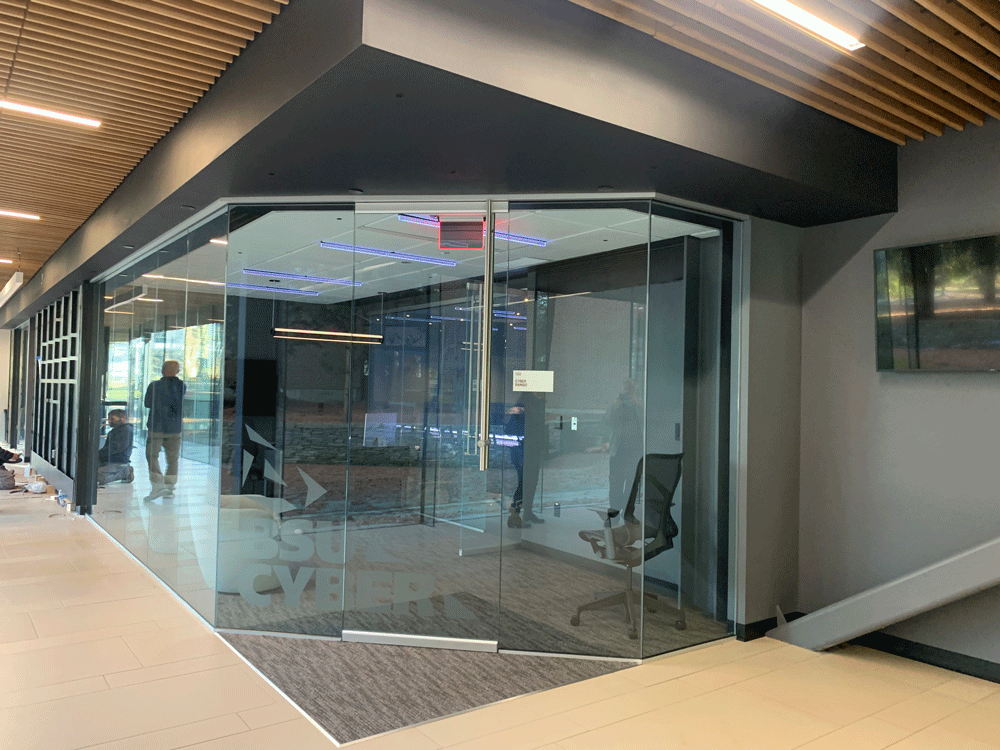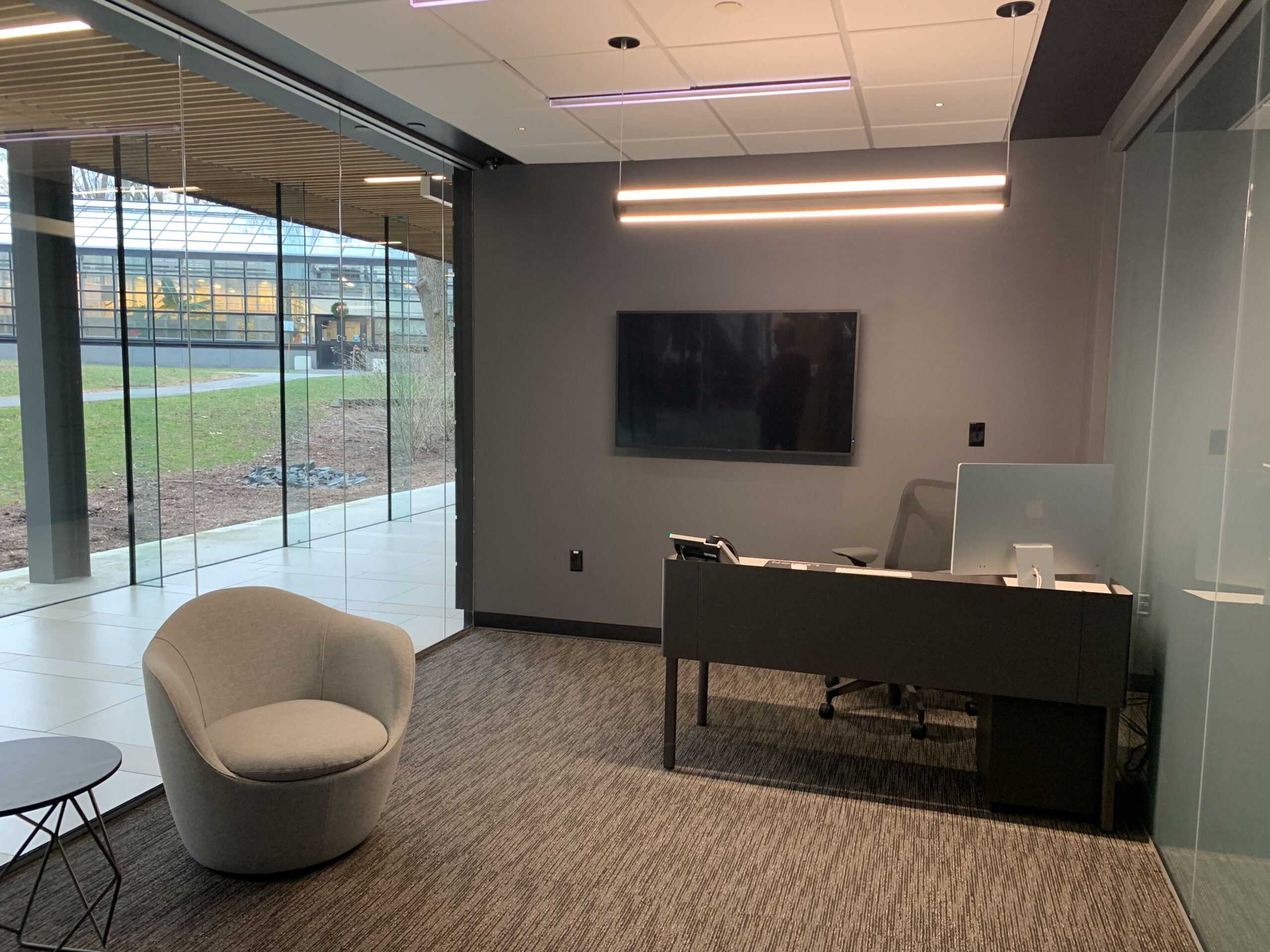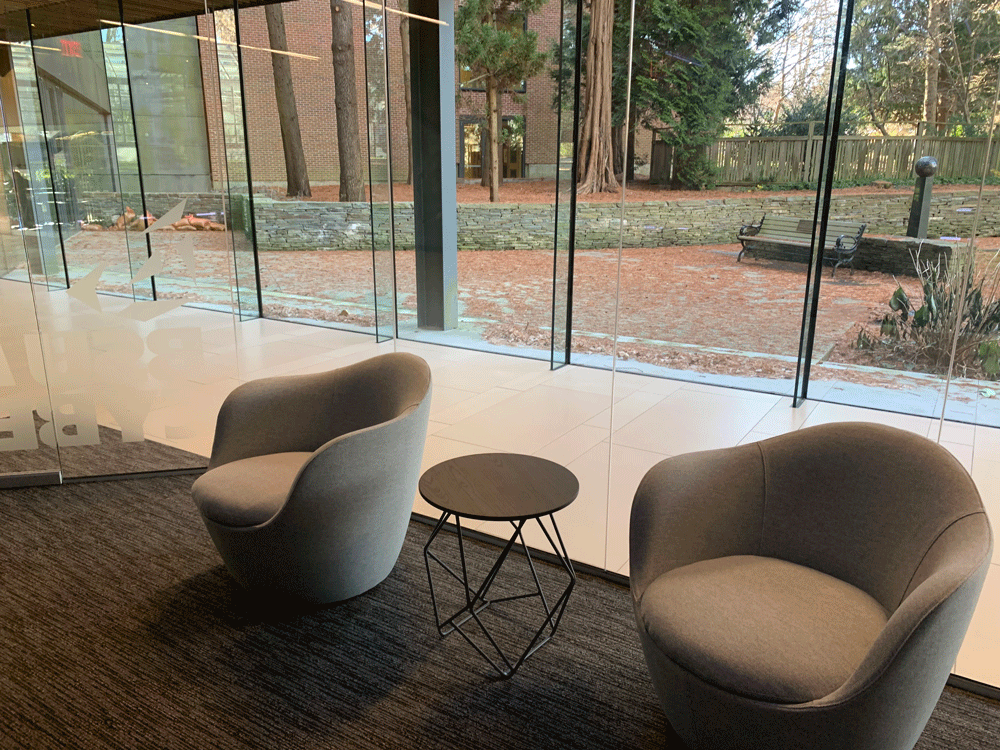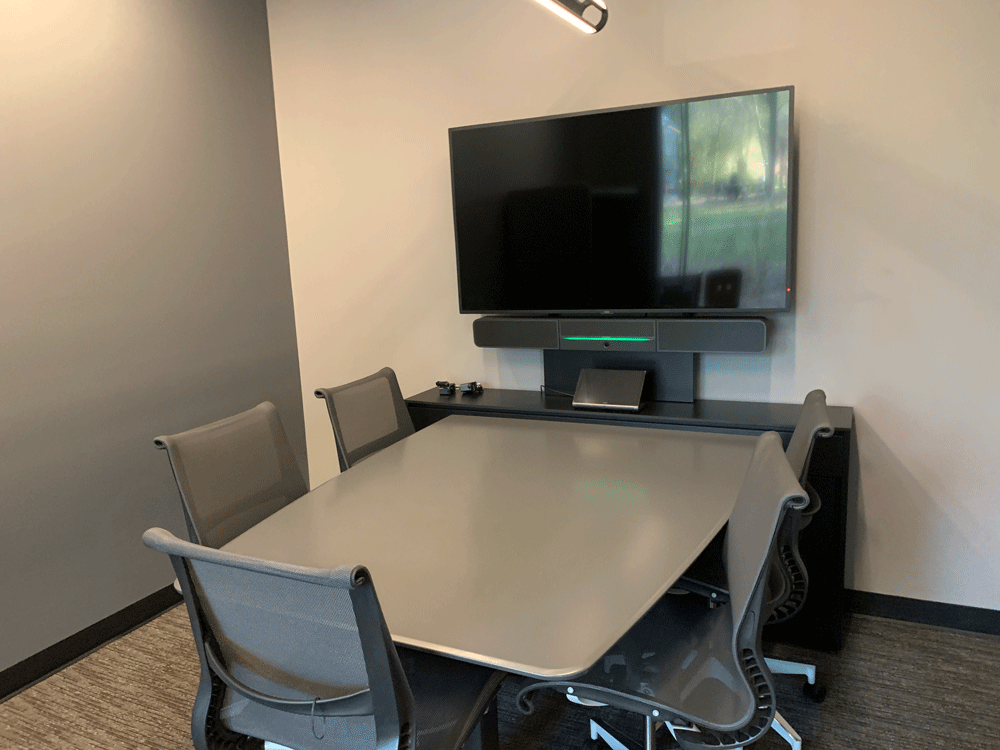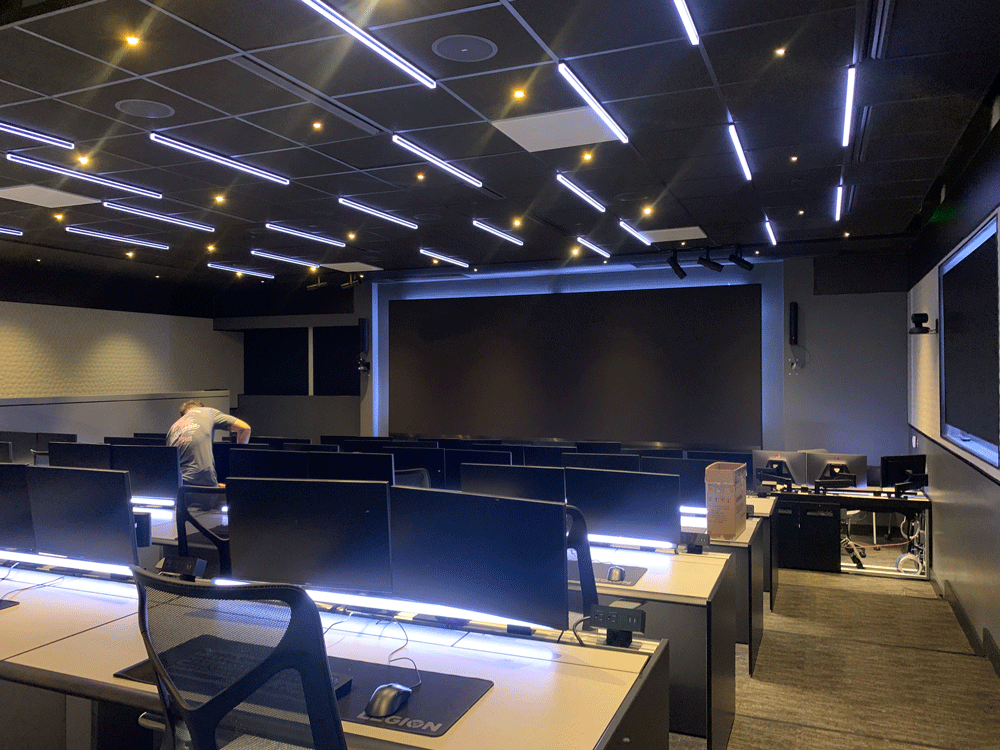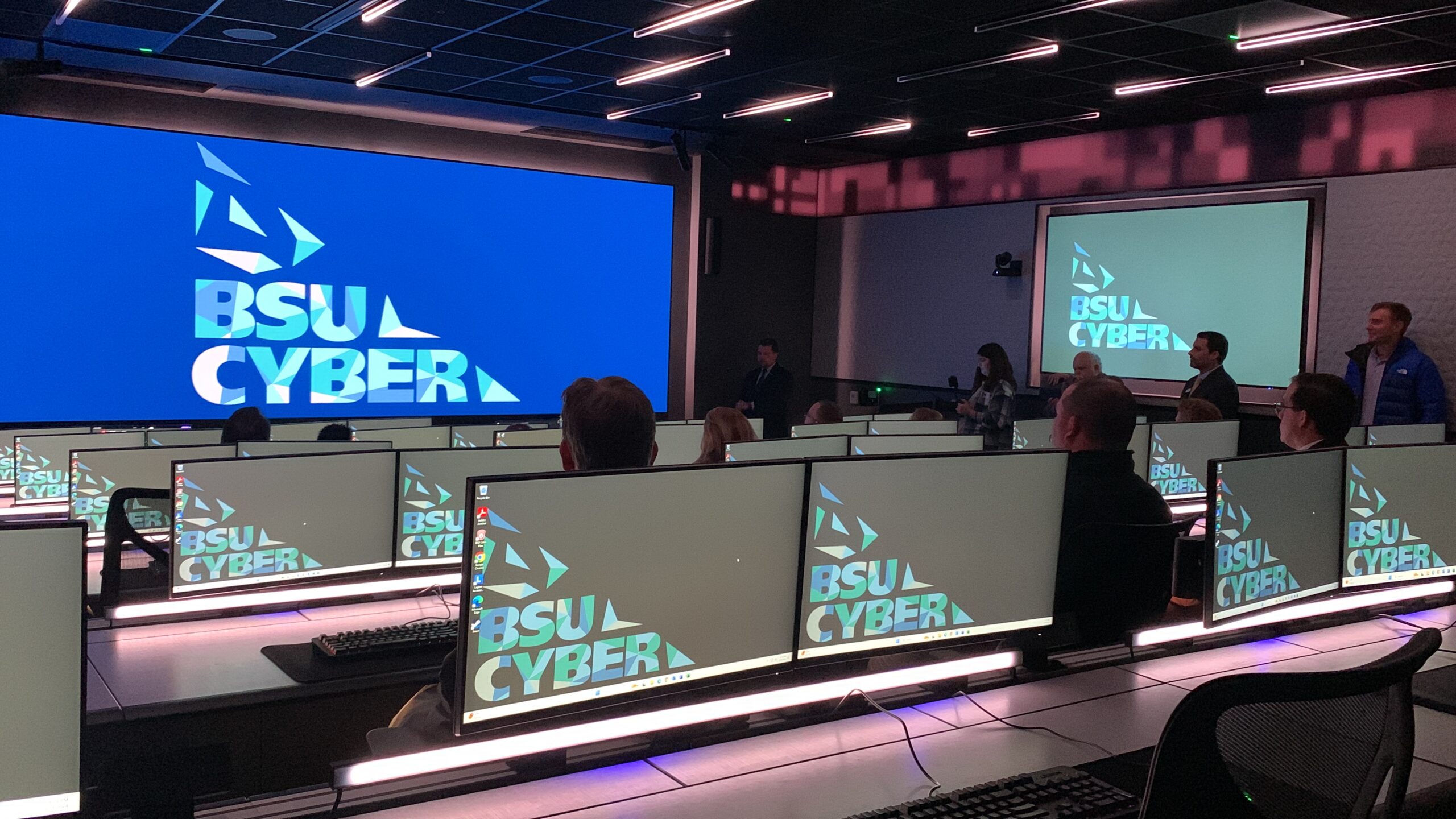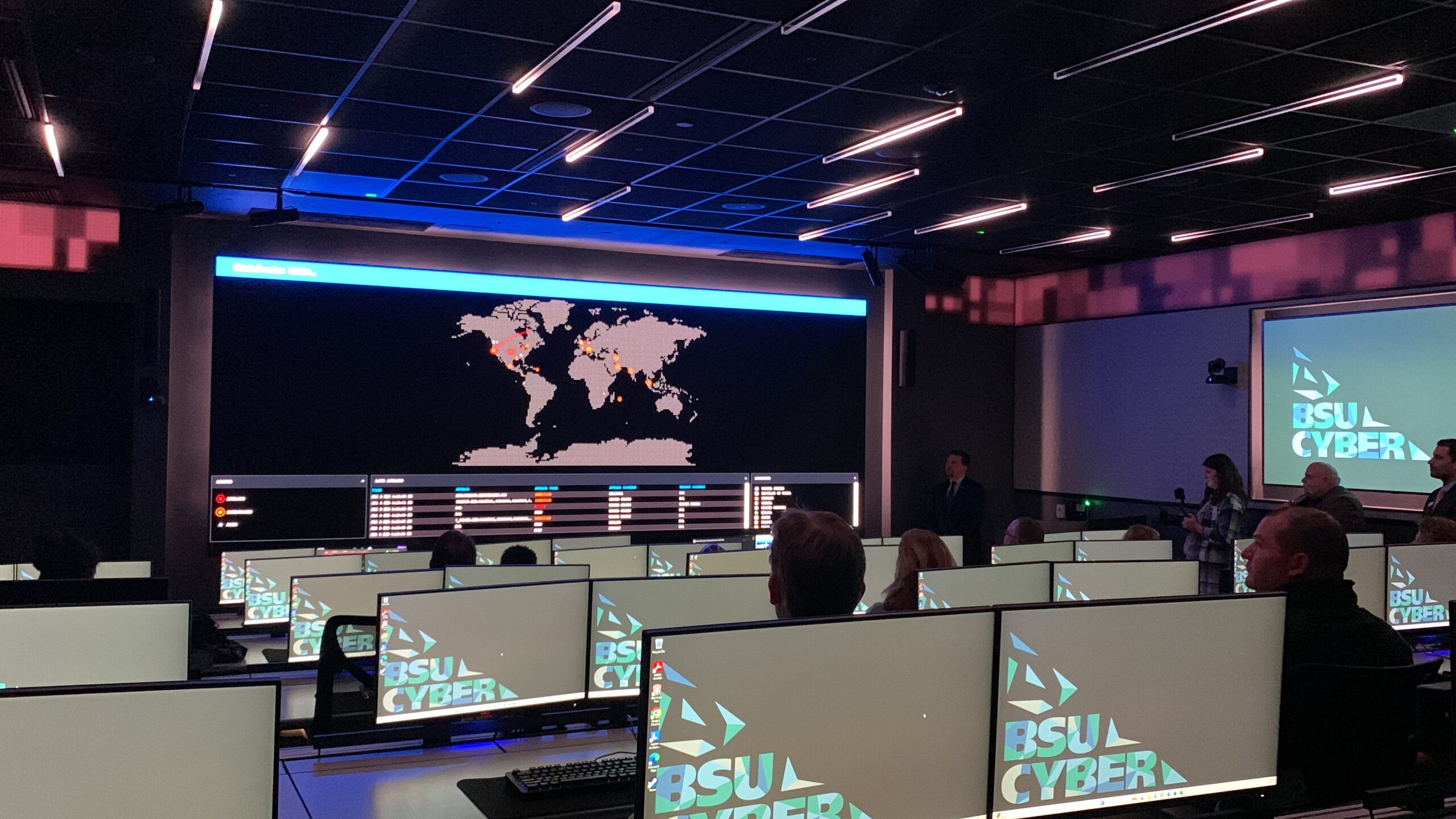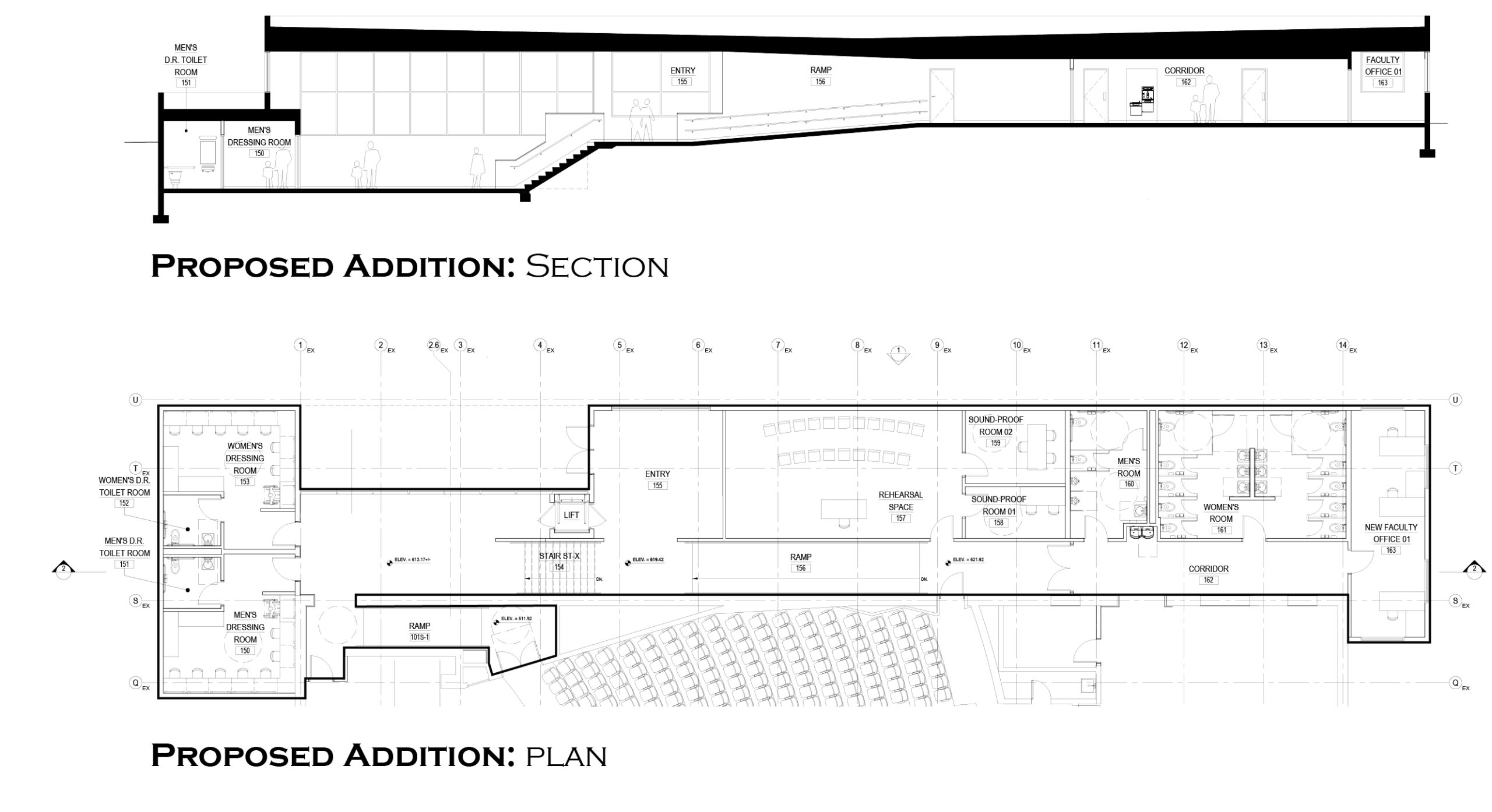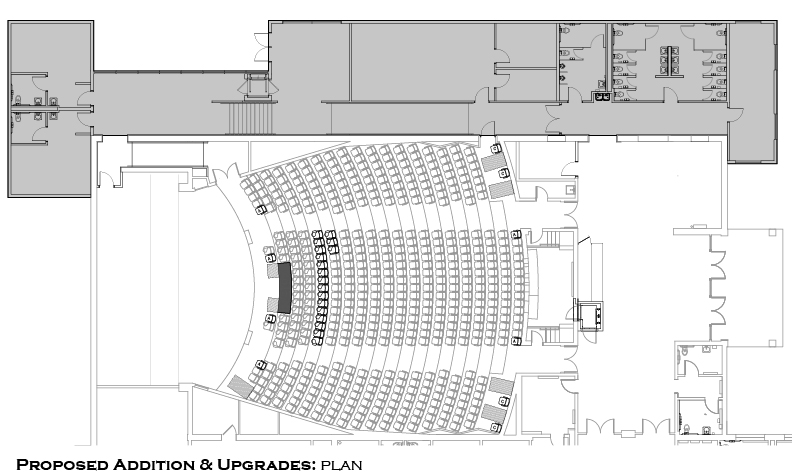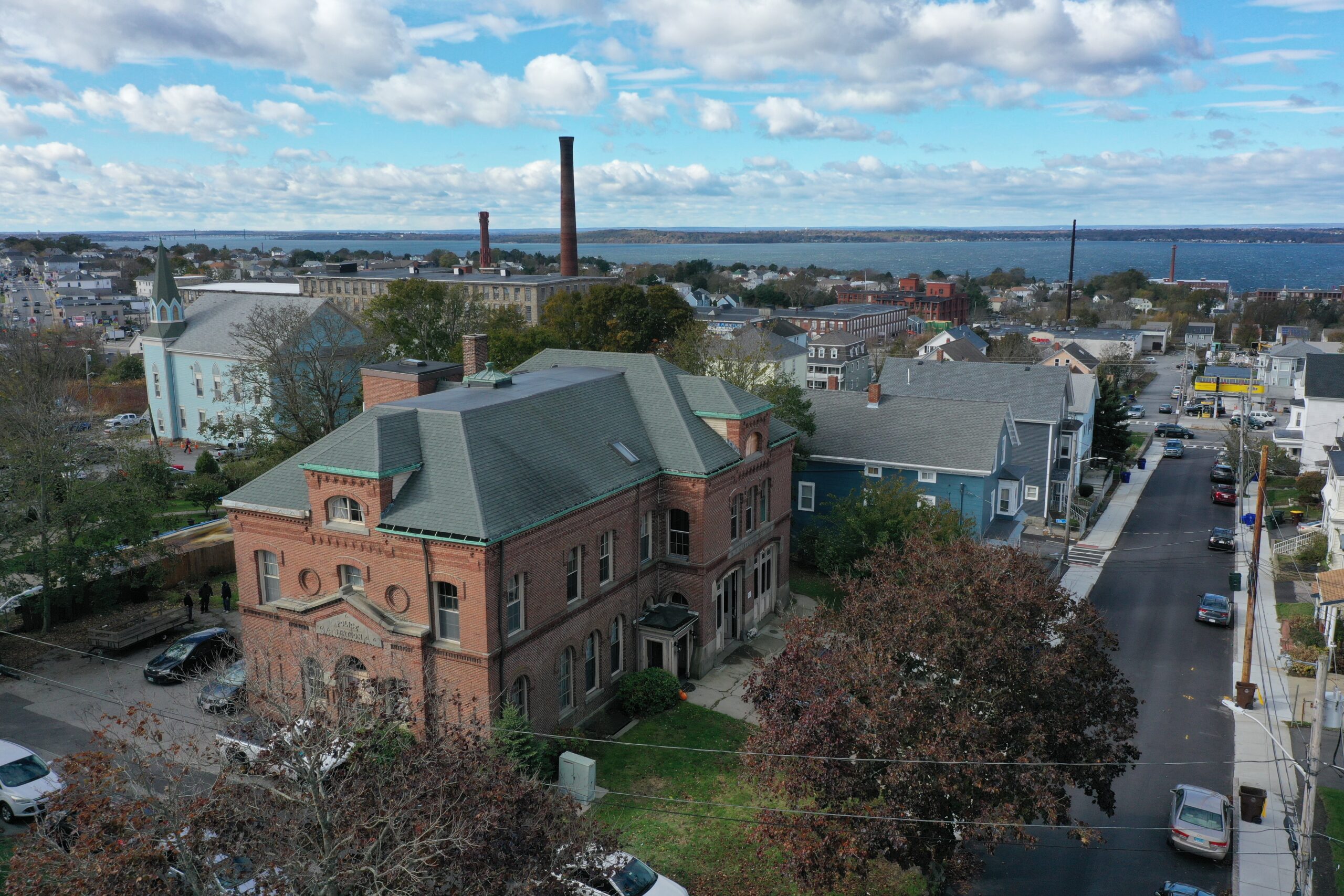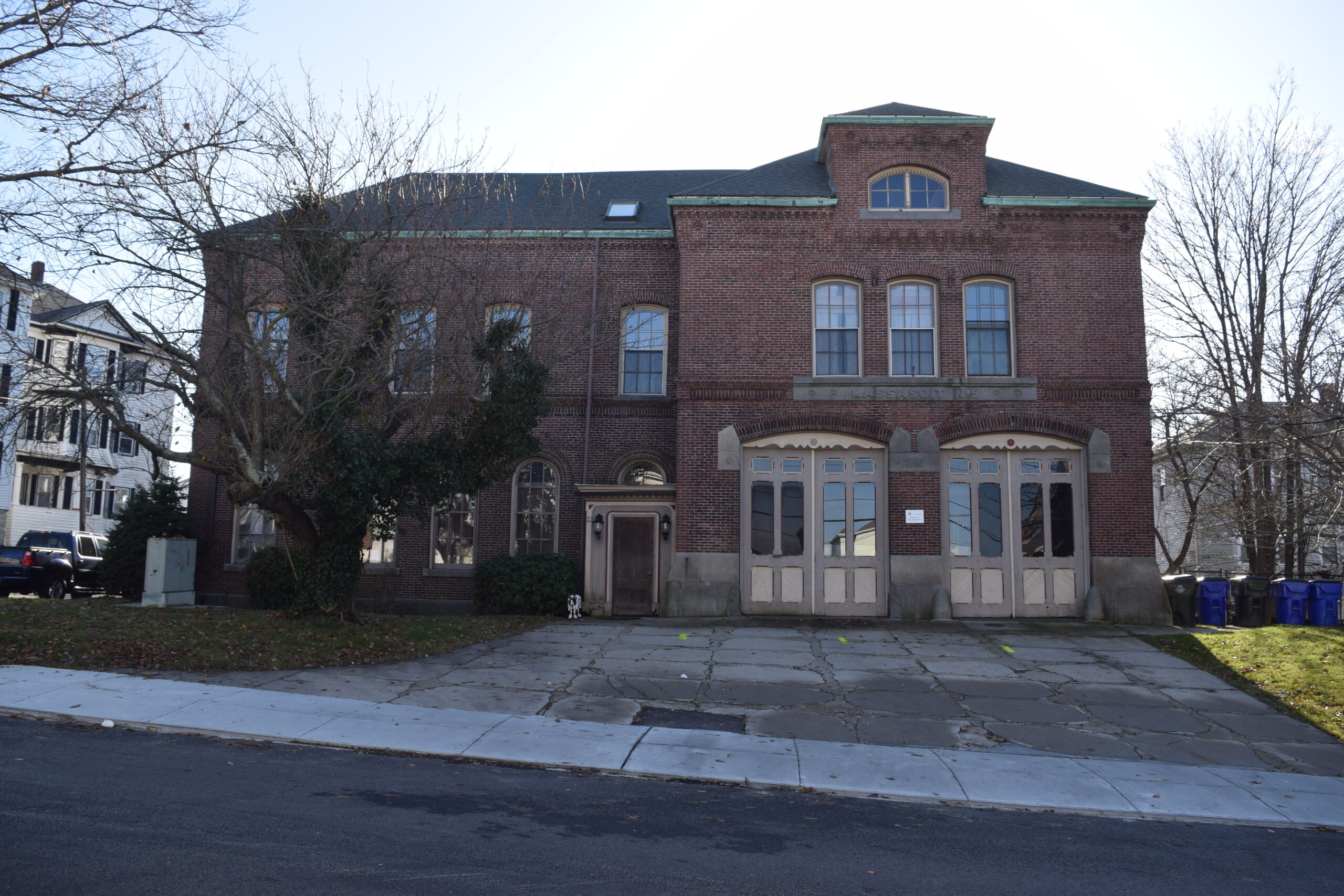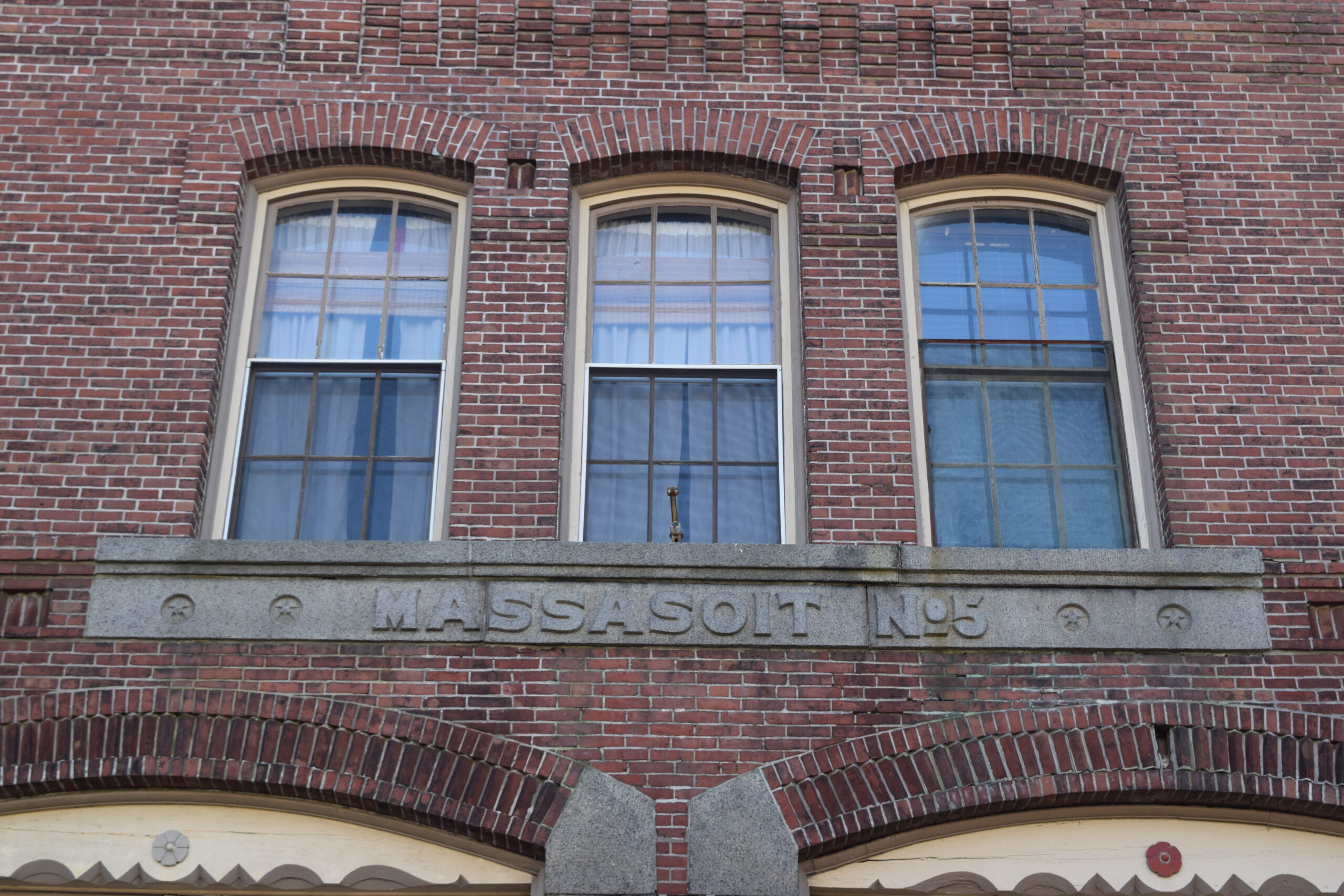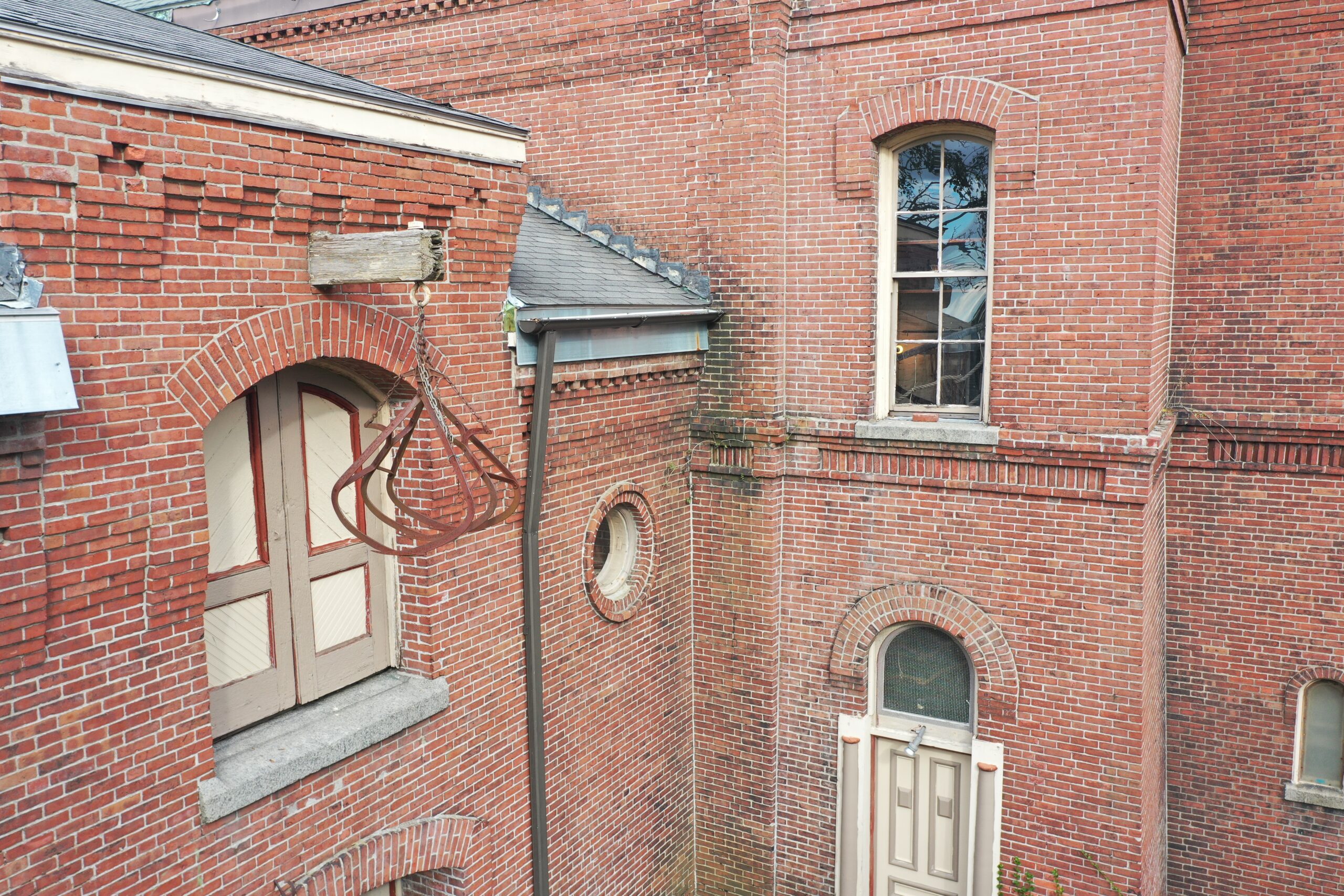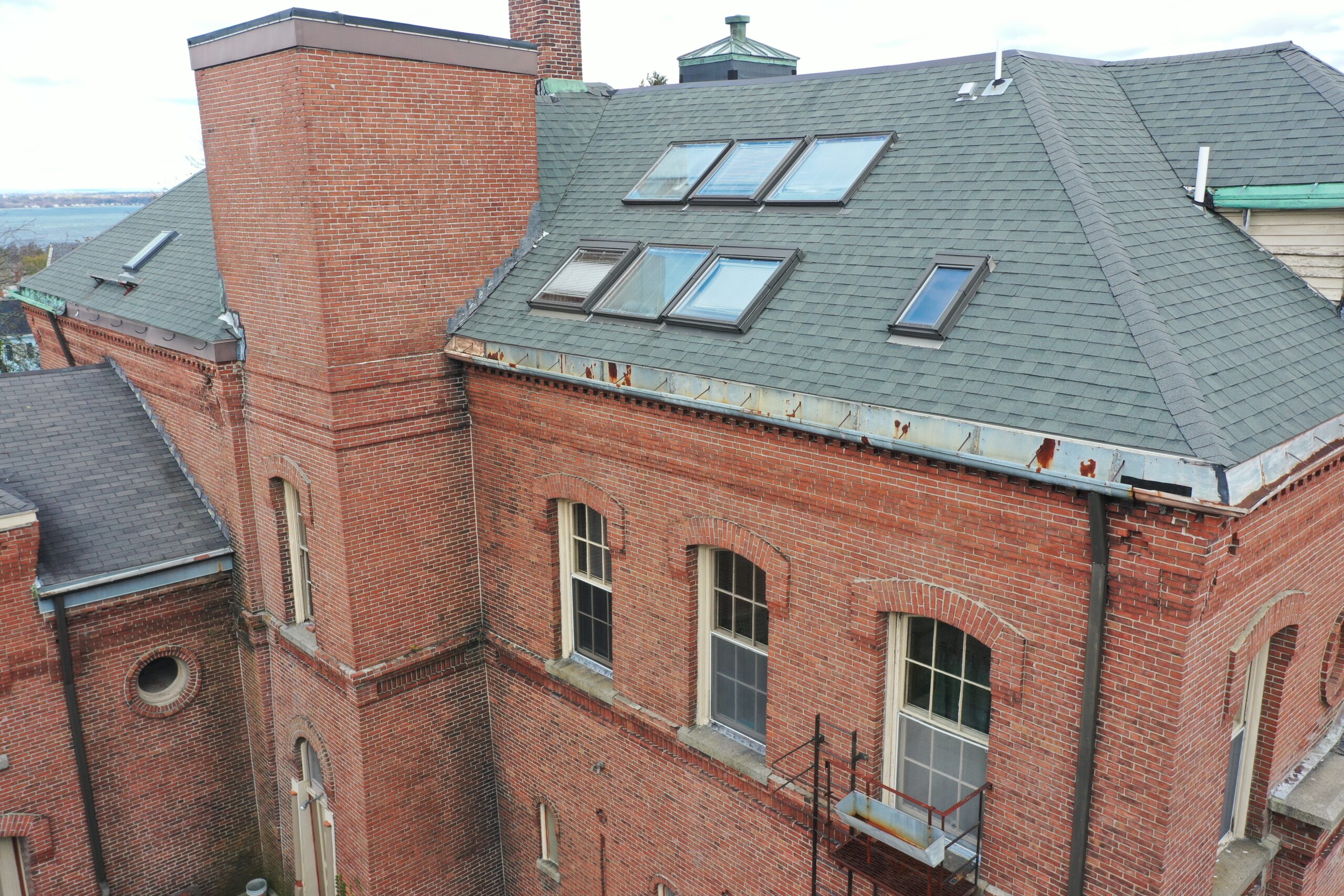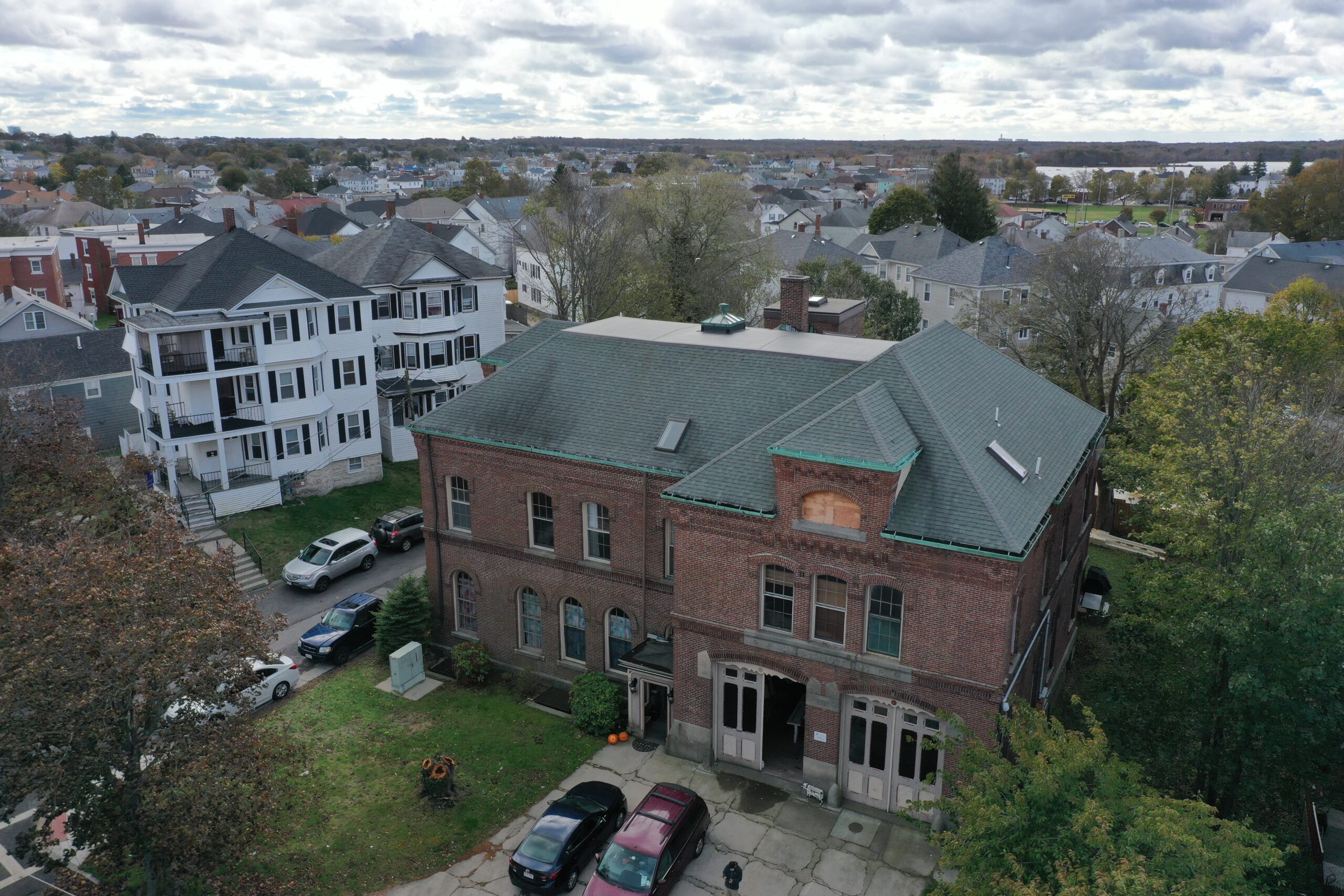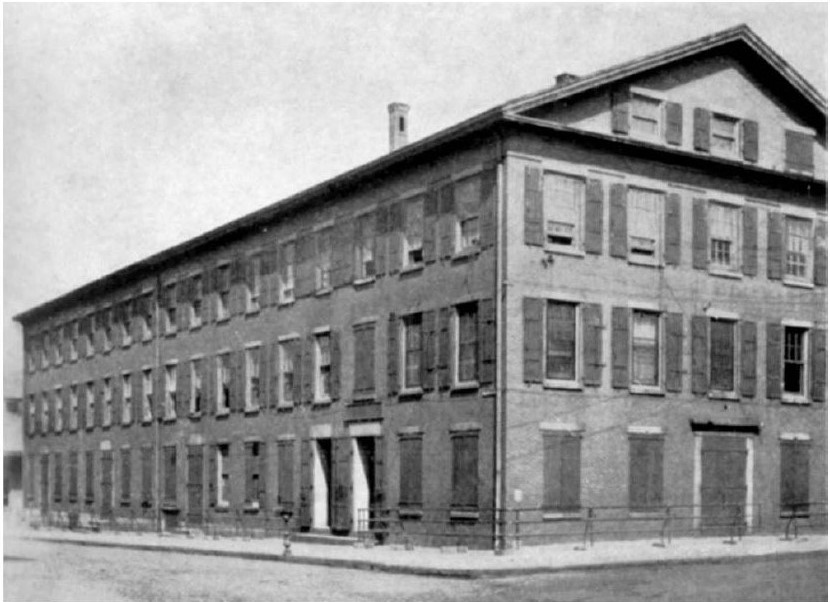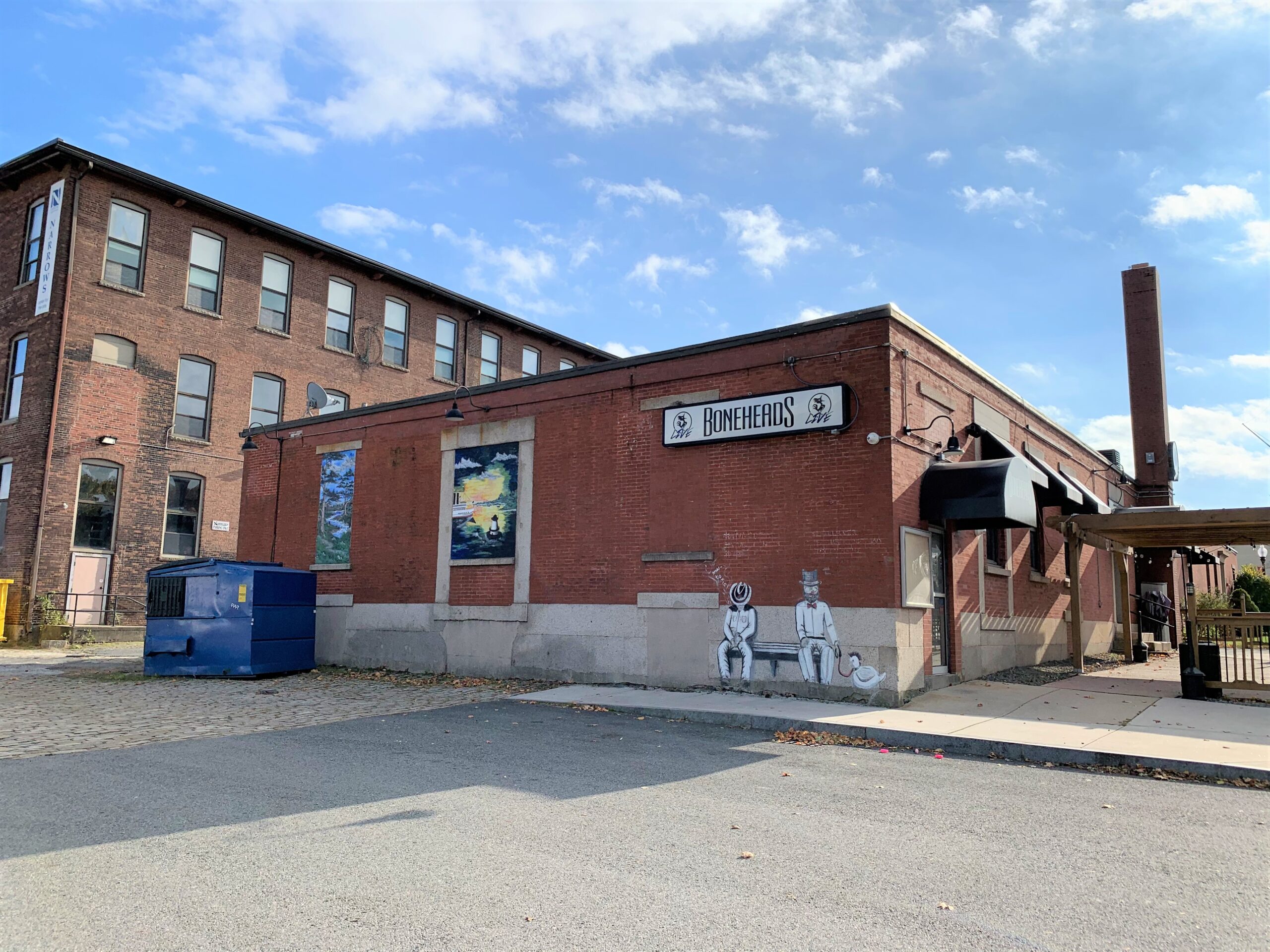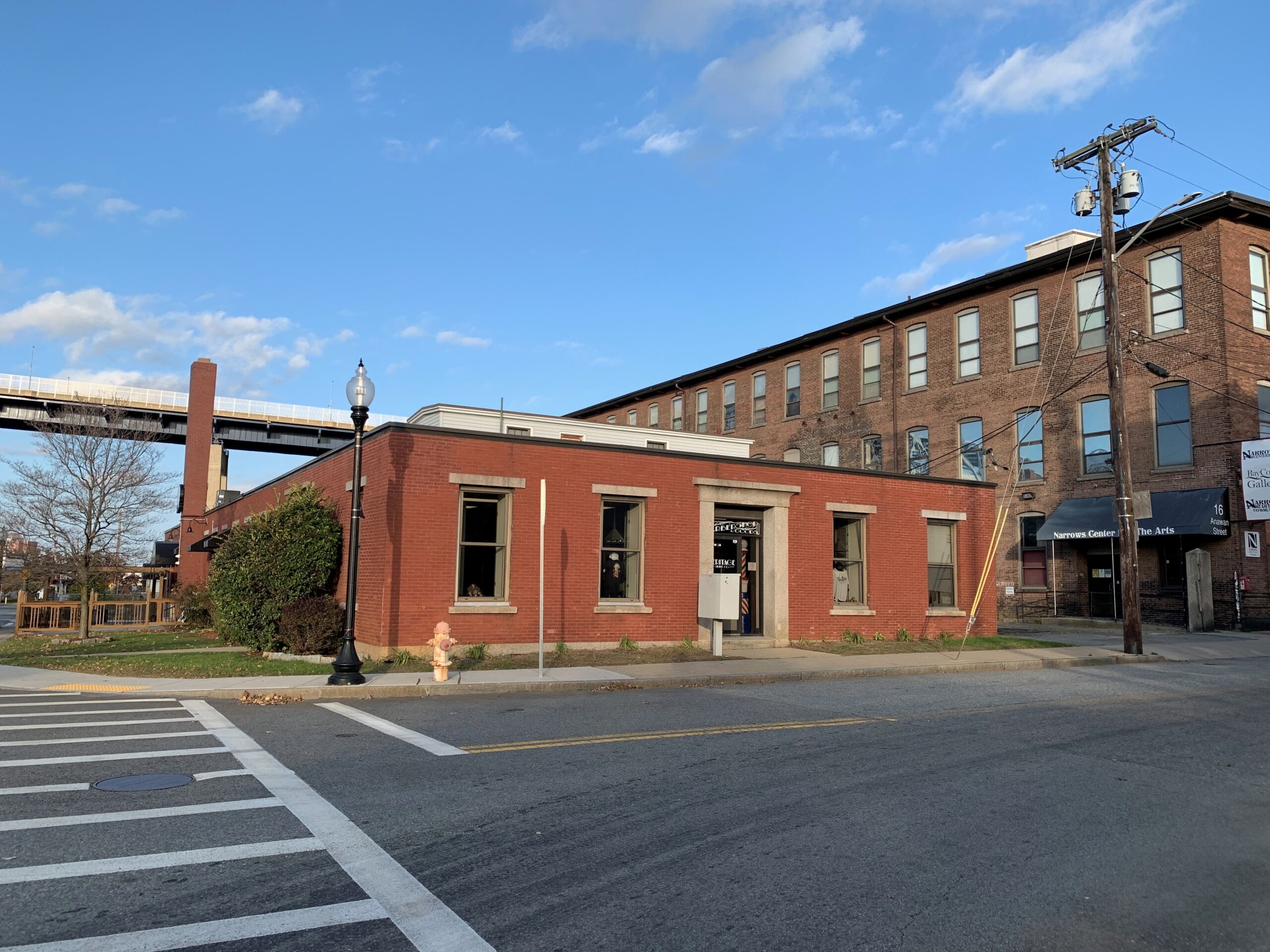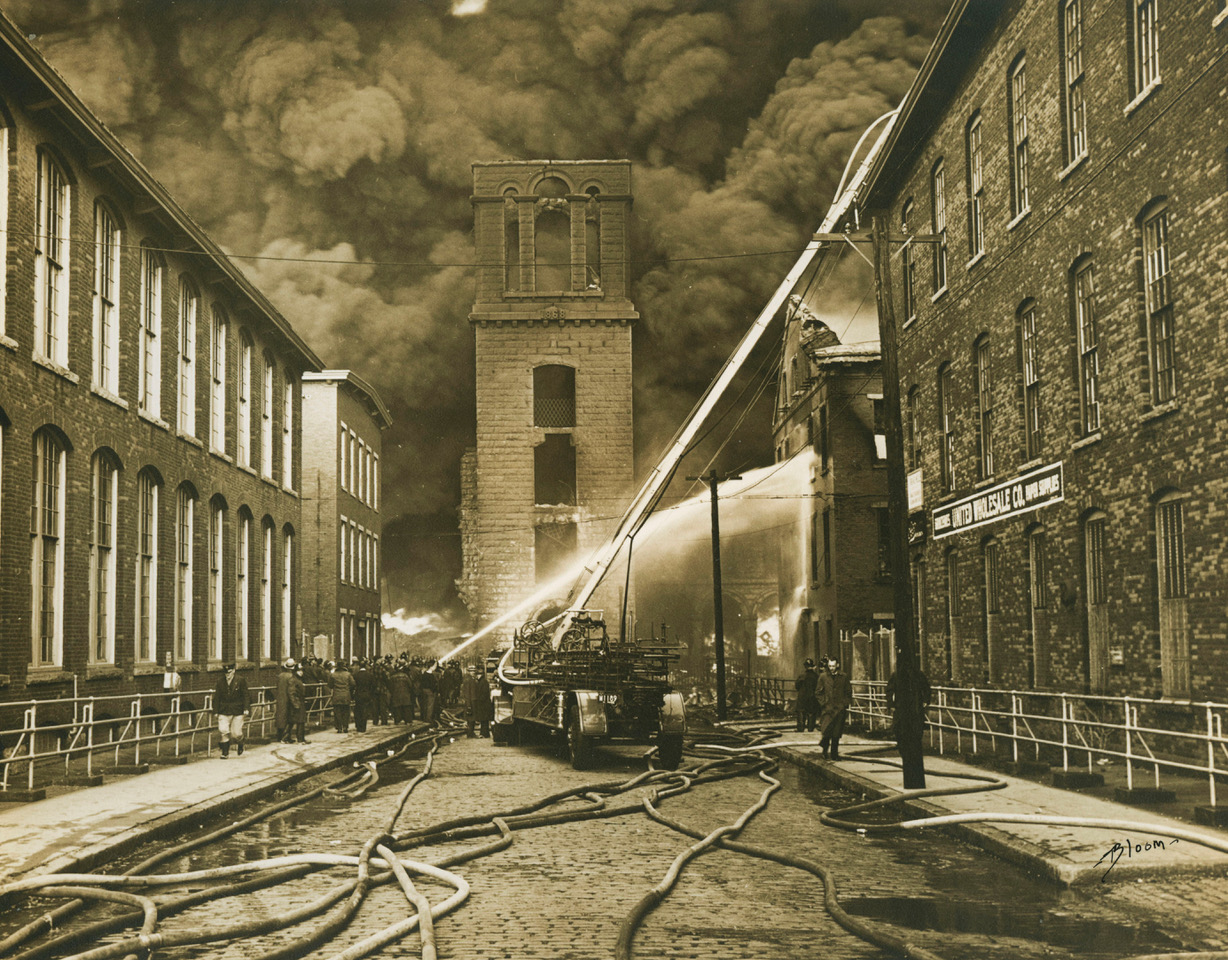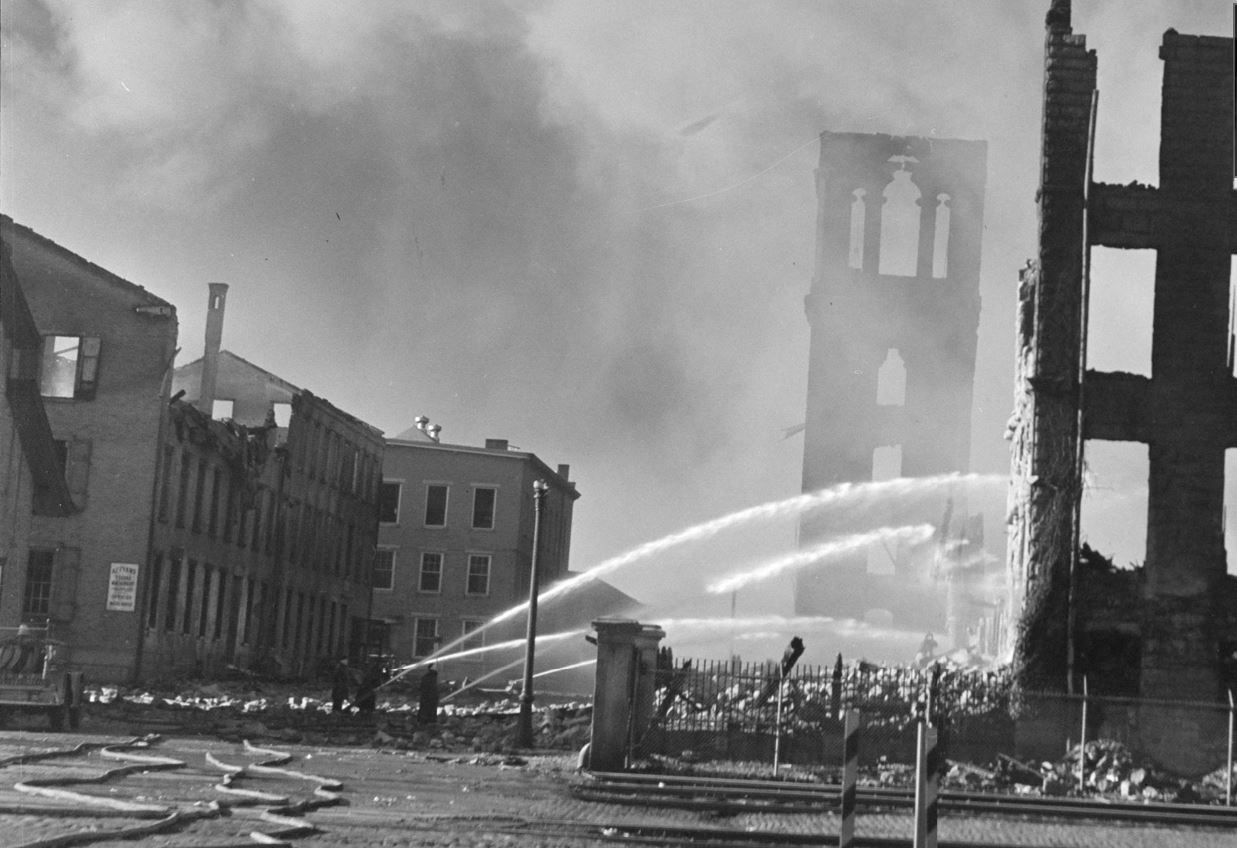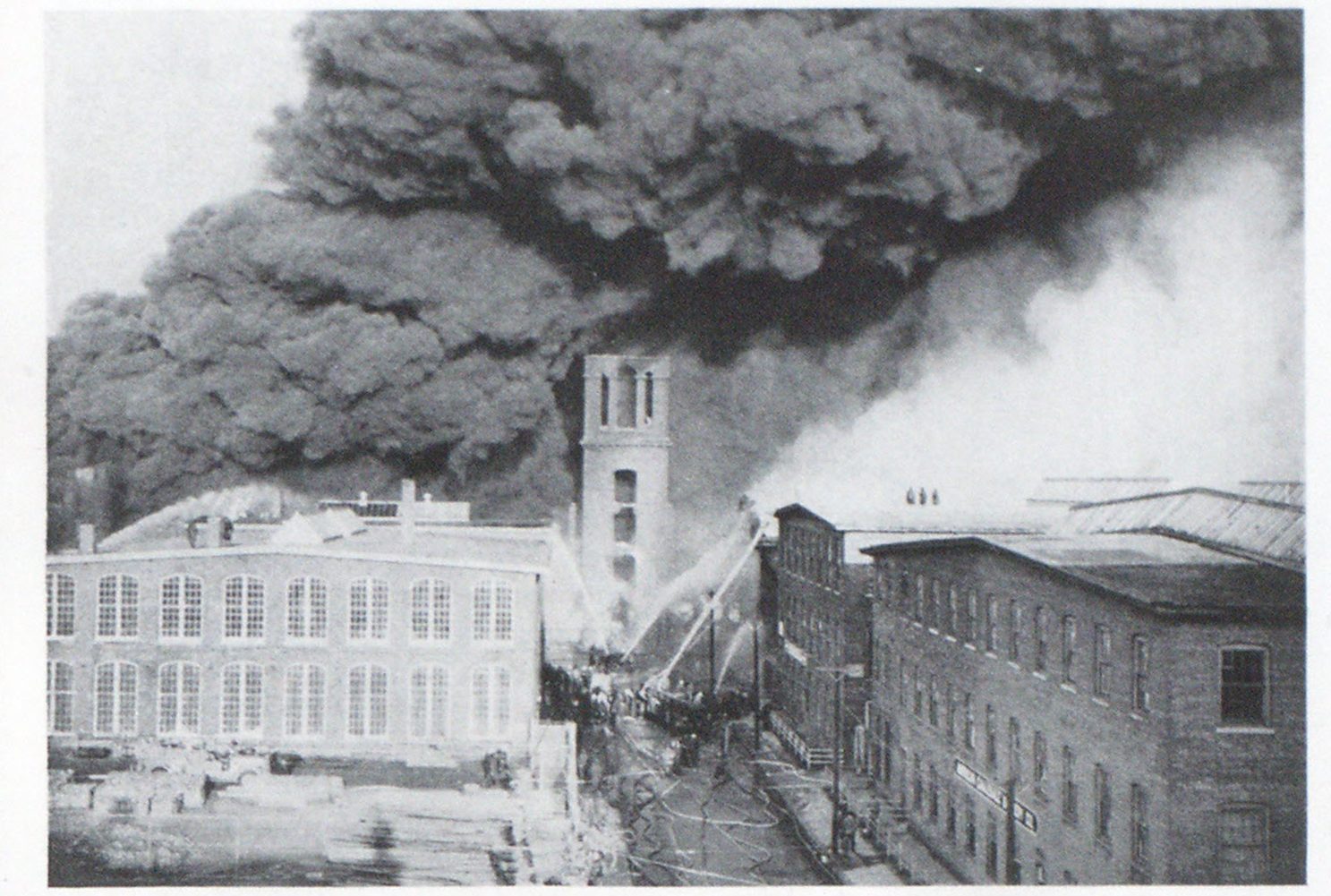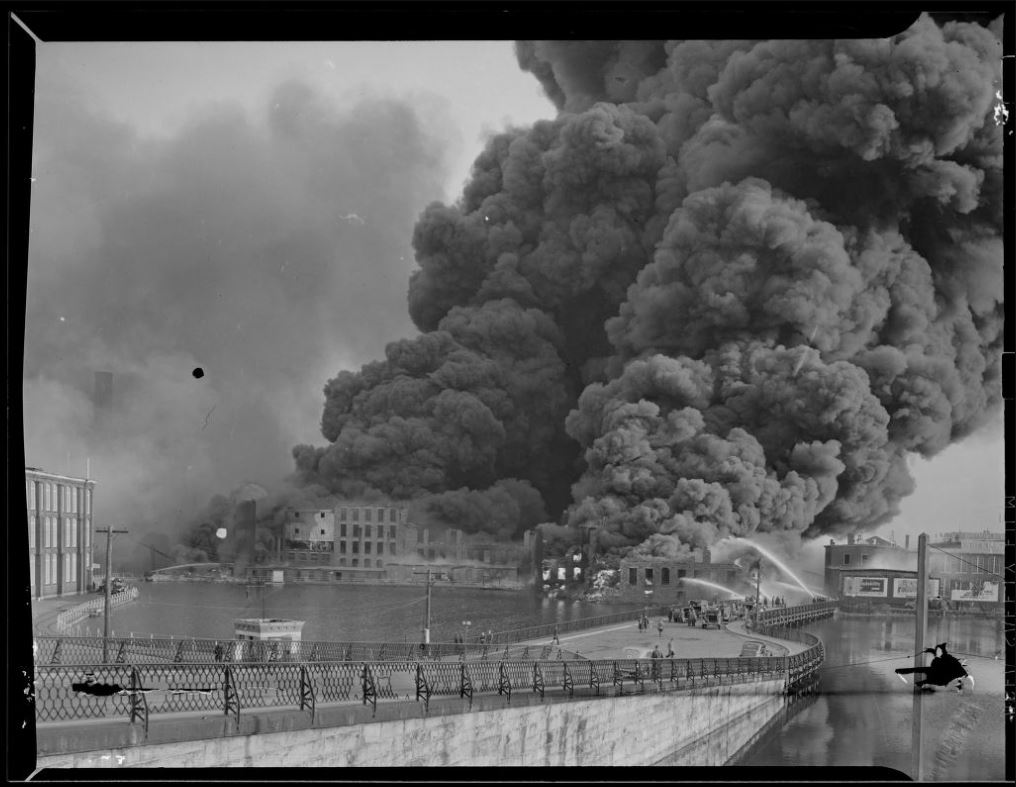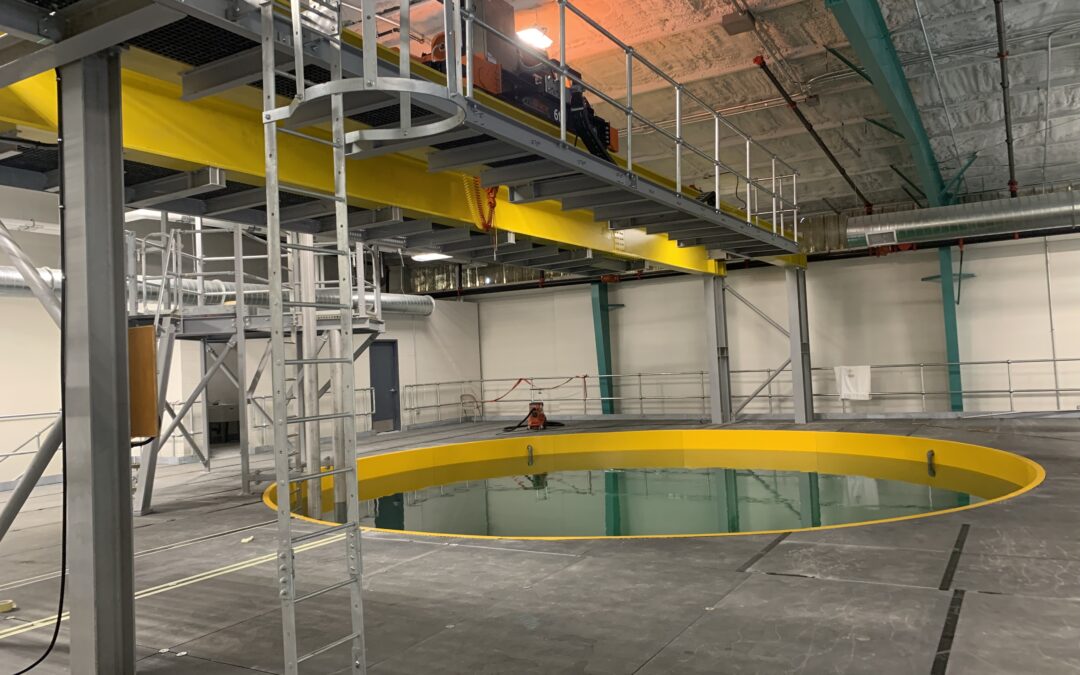
BCC New Bedford NOWI Offshore Wind Training Facility
NOWI Offshore Wind Training Facility
Bristol Community College
New Bedford, MA
Civitects was honored to have had the opportunity to oversee the design and construction of the National Offshore Wind Institute`s (NOWI) training facility for Bristol Community College. Located along New Bedford’s waterfront on a 1.7 acre site, the project included the adaptive reuse of two leased conjoined warehouses to create a cutting-edge facility.
Civitects worked closely with the City of New
Bedford Building Department throughout the project. This cutting-edge facility provides technical training programs intended to prepare individuals for jobs in the construction, deployment, operations and maintenance of offshore wind farms.
This space provides technical training programs intended to prepare individuals for jobs in the construction, deployment, operations and maintenance of offshore wind farms. Programmatic spaces include a survival training tank, repair shops, classrooms, office spaces and a cafeteria.
An above ground pool was also installed and simulates the experience of working conditions while in the water. An overhead gantry crane above the pool lowers sea vessels into the water giving trainees an understanding of how to implement proper safety protocols during an emergency. A working-at-heights tower was erected within the building to train delegates on how to properly scale
a wind turbine.
Photo Credits: D.F. Pray General Contractors

